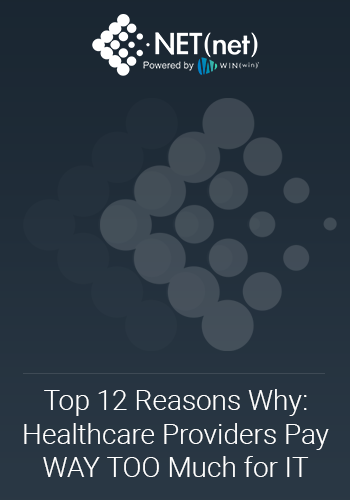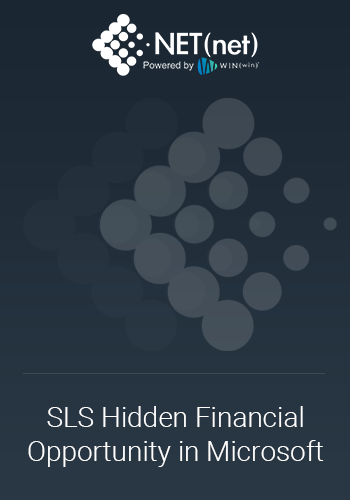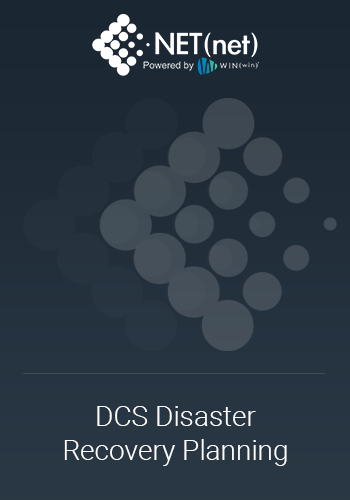Many enterprises adopt a multicloud strategy out of a desire to avoid Cloud supplier lock-in or to take advantage of innovative solutions with a certain Cloud provider. There are many rationales for using multiple clouds, as they each have different strengths and weaknesses for performance and functionality, different pricing schemes, and some workloads simply run better on one cloud platform versus another.
Although neither provide a financial breakdown of their cloud business, AWS continues to dominate the cloud infrastructure market, but its lead is starting to wane as Microsoft Azure and Google Compute Engine make significant inroads. This trend will undoubtedly continue as gains from Microsoft Azure points to a desire of many enterprises to use public Clouds other than Amazon. Further, this multicloud strategy also leads to more public Cloud plus private Cloud, as well as Public and Hybrid Cloud (definition: a mix of on-premises, private Cloud and third-party, public Cloud services with orchestration between the two platforms).
When adopting a multicloud strategy, measuring “cost to performance” becomes important to ensure cost is optimally managed.
Multicloud deployments also reduce the risk of service disruptions with a dependency on a single Cloud supplier, improves negotiating leverage with competition and allows you to choose the best Cloud solution or tool for the job.
Multicloud Strategies:
- A practical application of a multicloud strategy can take a variety of forms, starting simply by placing development and testing in Cloud A and Production Cloud B, and this is probably the most common version of multicloud. Or simply keep Production on-premise and development in the Cloud, which is the most common early adopter approach to Cloud services.
- Another multicloud approach is bursting transactions to the Cloud. In this case, where an online transaction processing application or retail operation during peak holiday season or video streaming service typically runs in an on-premises environment, but during certain peak times, the organization will spin up additional capacity in the cloud. The objective of cloud-based bursting in this manner is to avoid the cost of buying enough hardware for peak capacity when that hardware will sit underutilized for most of the time.
- A third, and arguably more complex, approach to multicloud is Cloud-based disaster recovery, involving running a production application in one cloud or on-premises environment but maintaining a separate, up-to-date copy of the application in another Cloud environment. This is a wise strategy, as any Disaster Recovery Planner knows, that geographic and supplier diversity is vital to ensure a dependency or proximity to a single host for your applications does not put your entire IT environment, and your business, at risk.
Elevating the maturity of a multicloud strategy leads to multicloud operations of a single application, where the same instance of an application runs across multiple Cloud providers in an active to active manner. This provides for a more scalable architecture, above and beyond the Cloud bursting examples, but also provides diversity to potentially survive a DDoS attack or a failure in one Cloud supplier’s availability zone.
Click here to receive the entire three part series in a downloadable PDF, and to chat with a cloud subject matter expert at NET(net), click here.
About NET(net)
Founded in 2002, NET(net) is the world’s leading IT Investment Optimization firm, helping clients find, get and keep more economic and strategic value. With over 2,500 clients around the world in nearly all industries and geographies, and with the experience of over 25,000 field engagements with over 250 technology suppliers in XaaS, Cloud, Hardware, Software, Services, Healthcare, Outsourcing, Infrastructure, Telecommunications, and other areas of IT spend, resulting in incremental client captured value in excess of $250 billion since 2002. NET(net) has the expertise you need, the experience you want, and the performance you demand. Contact us today at info@netnetweb.com, visit us online at www.netnetweb.com, or call us at +1-866-2-NET-net to see if we can help you capture more value in your IT investments, agreements, and relationships.
NET(net)’s Website/Blogs/Articles and other content is subject to NET(net)’s legal terms offered for general information purposes only, and while NET(net) may offer views and opinions regarding the subject matter, such views and opinions are not intended to malign or disparage any other company or other individual or group.

















